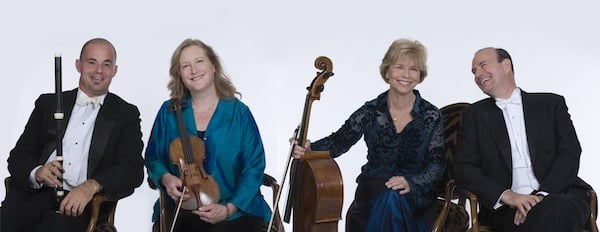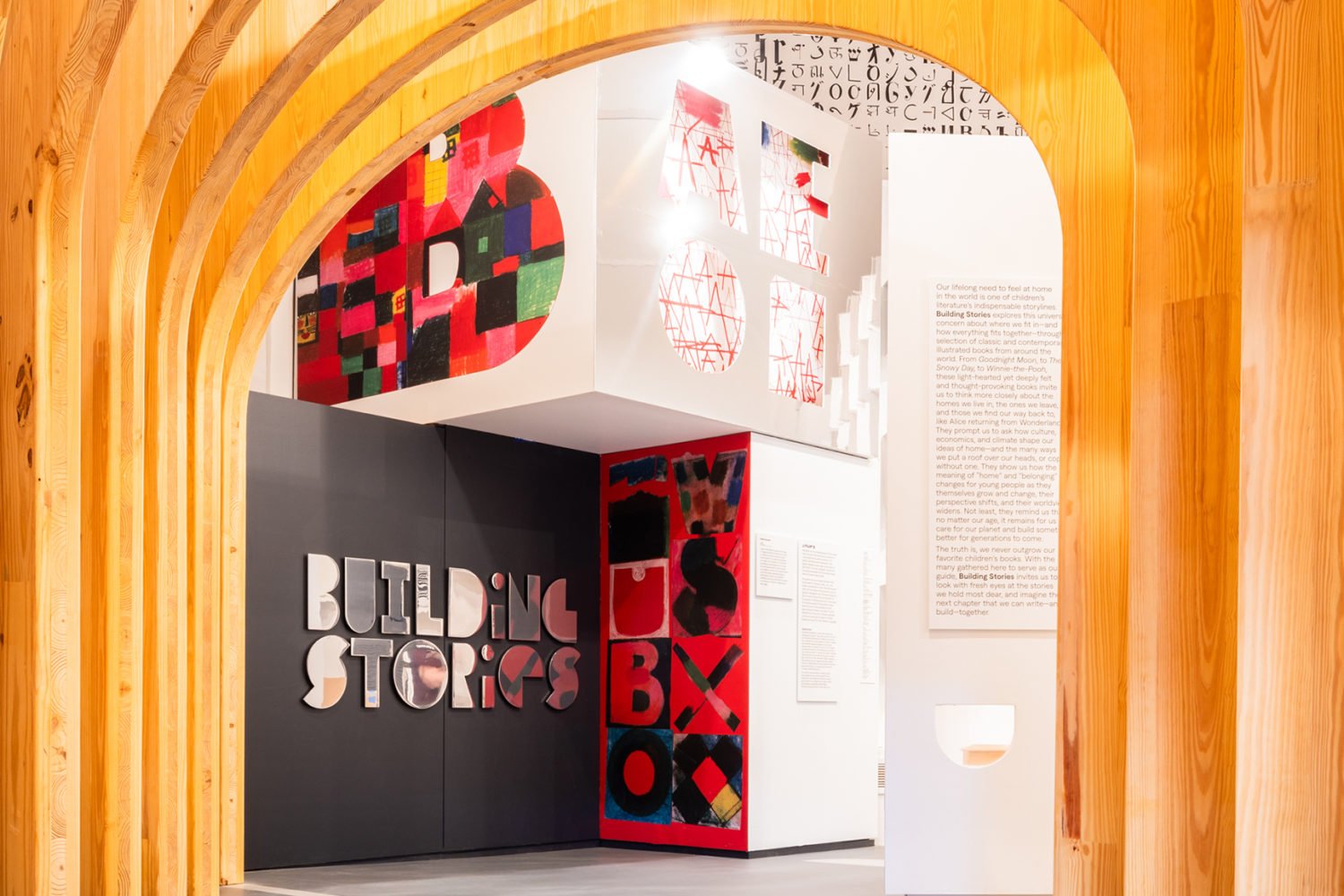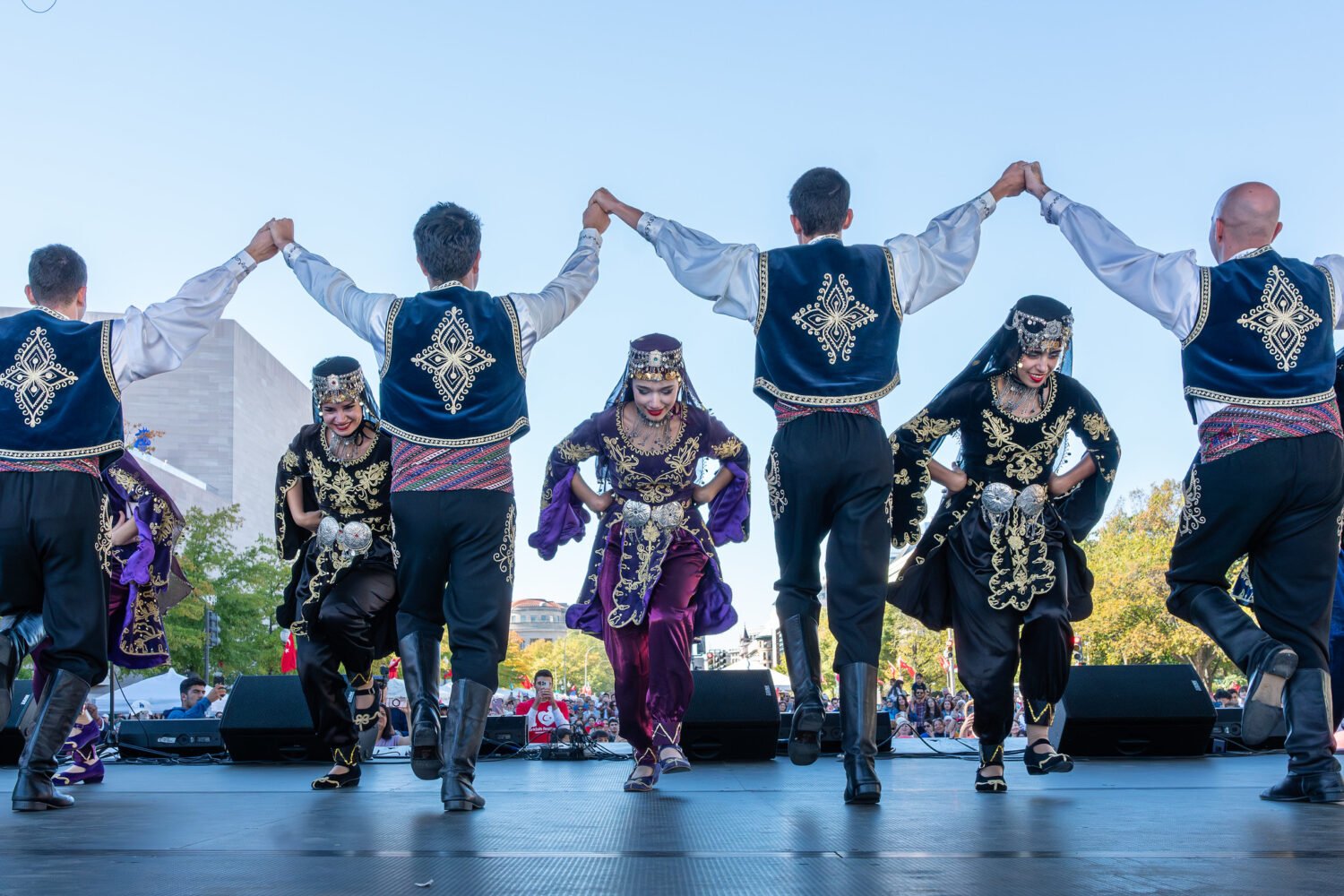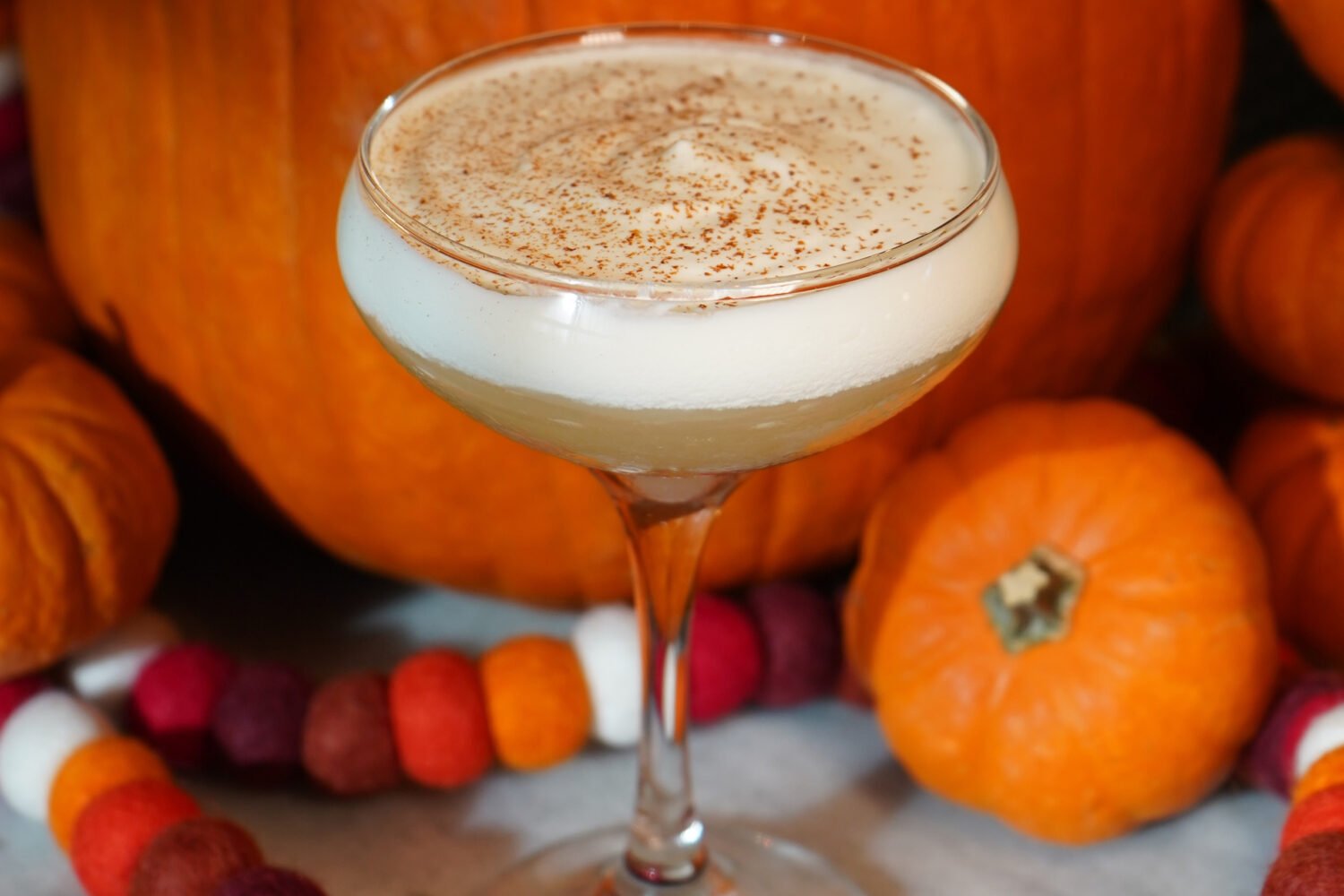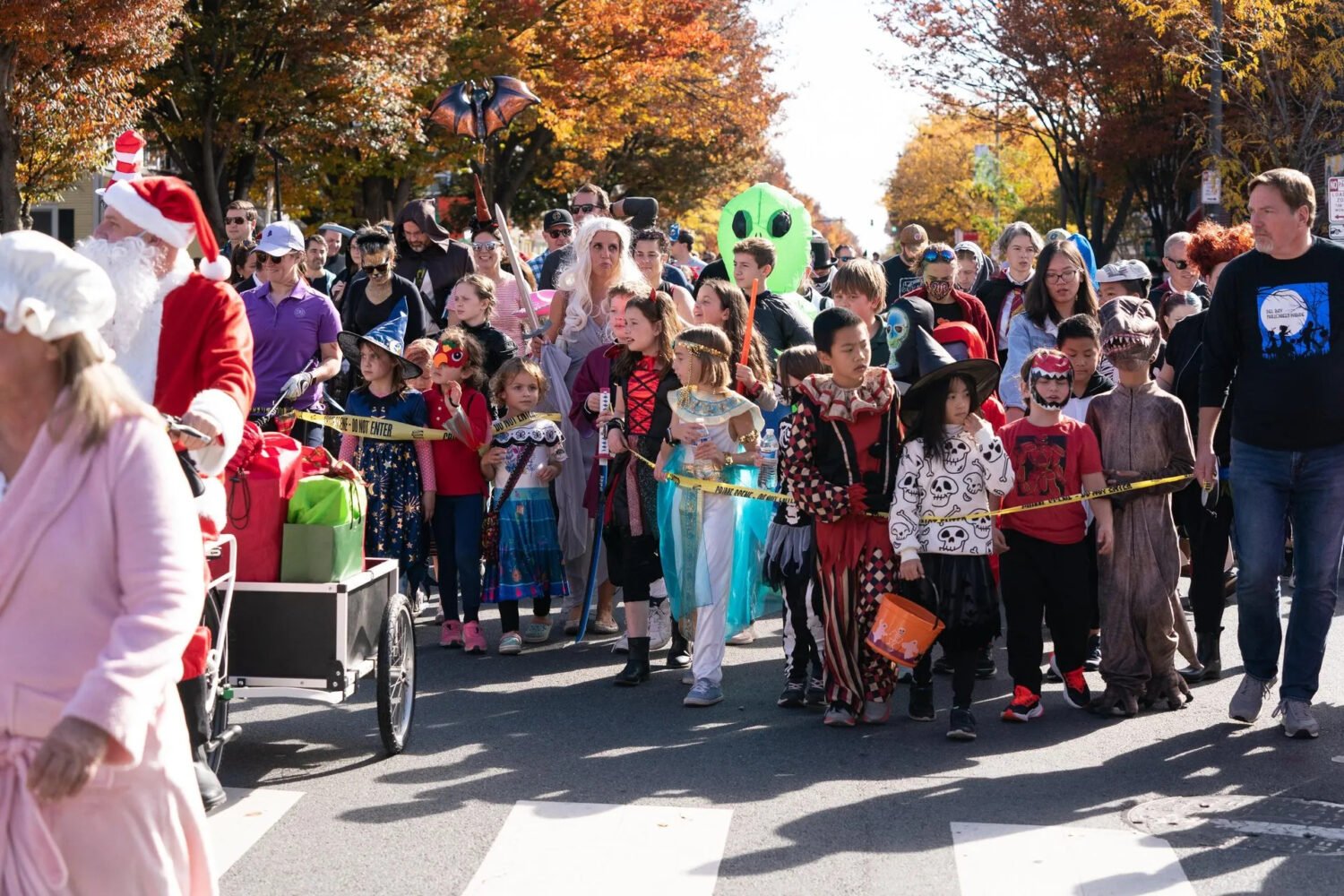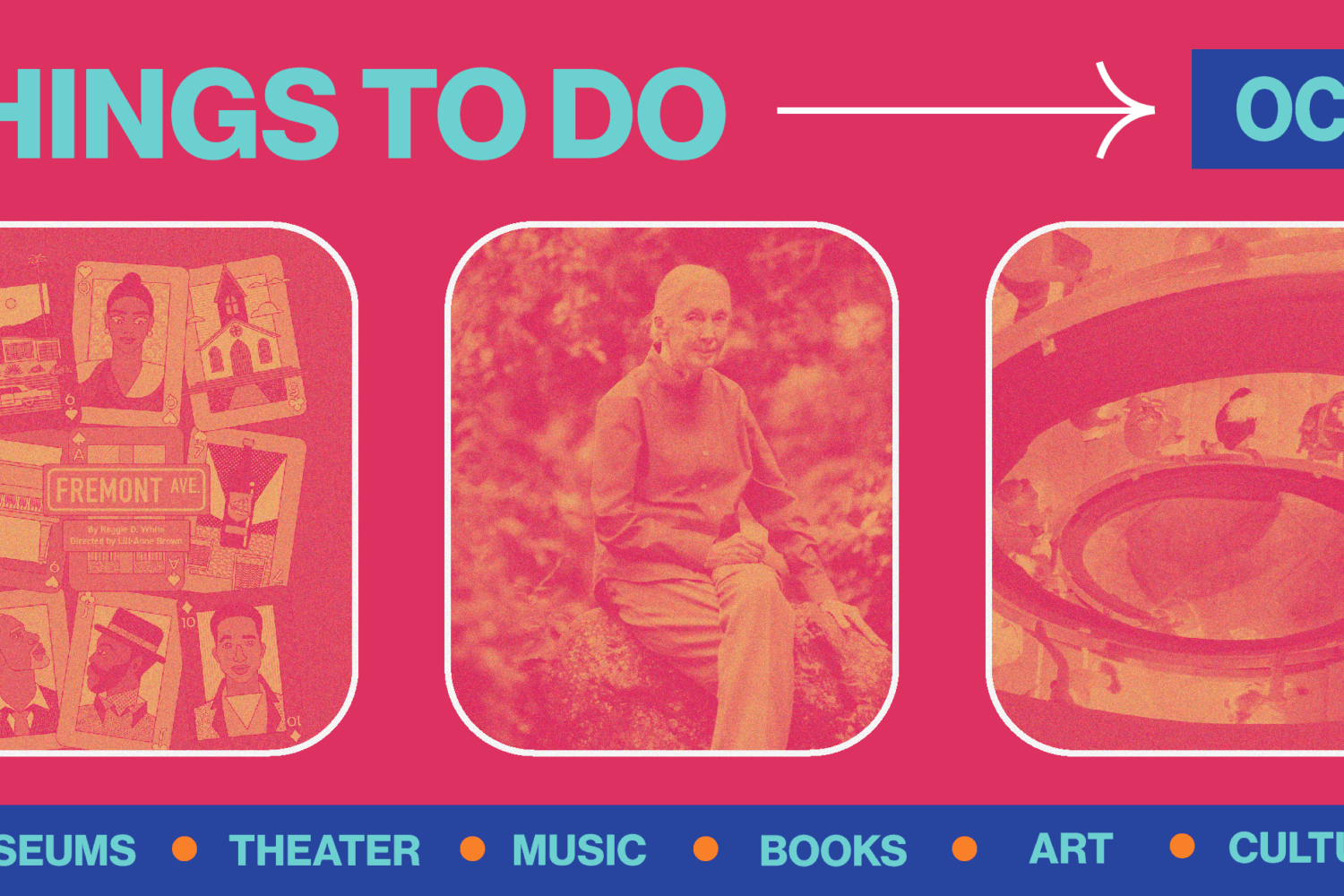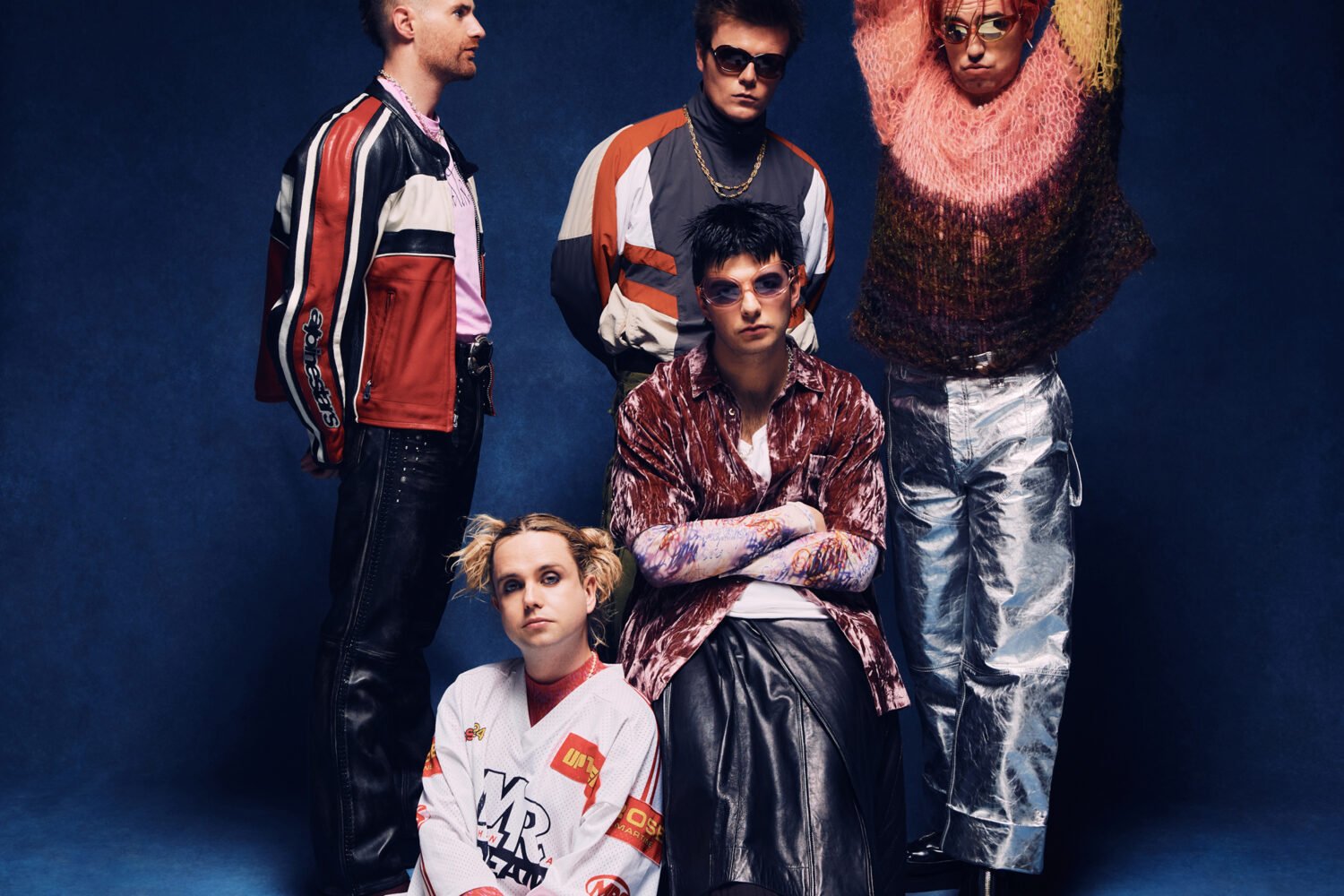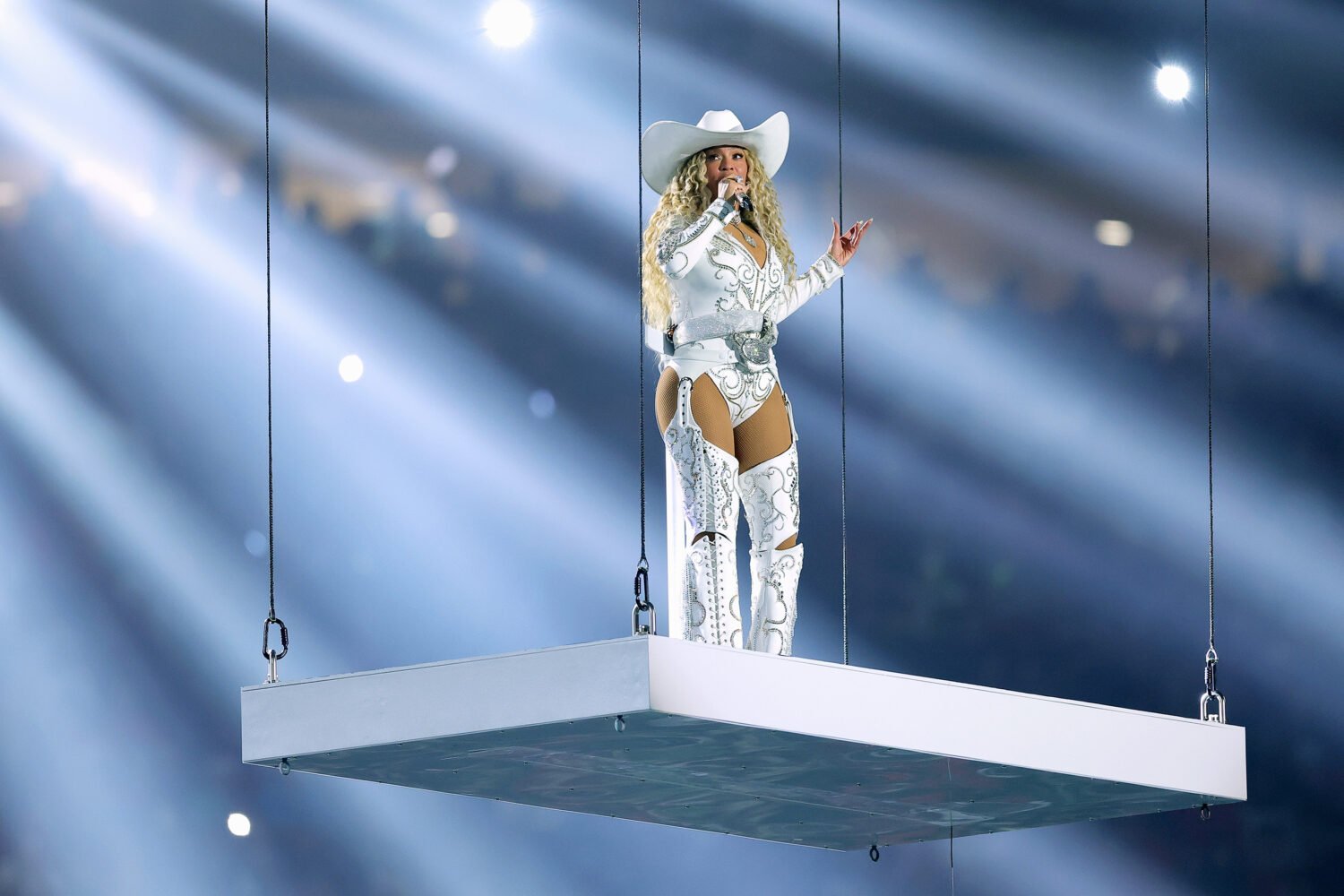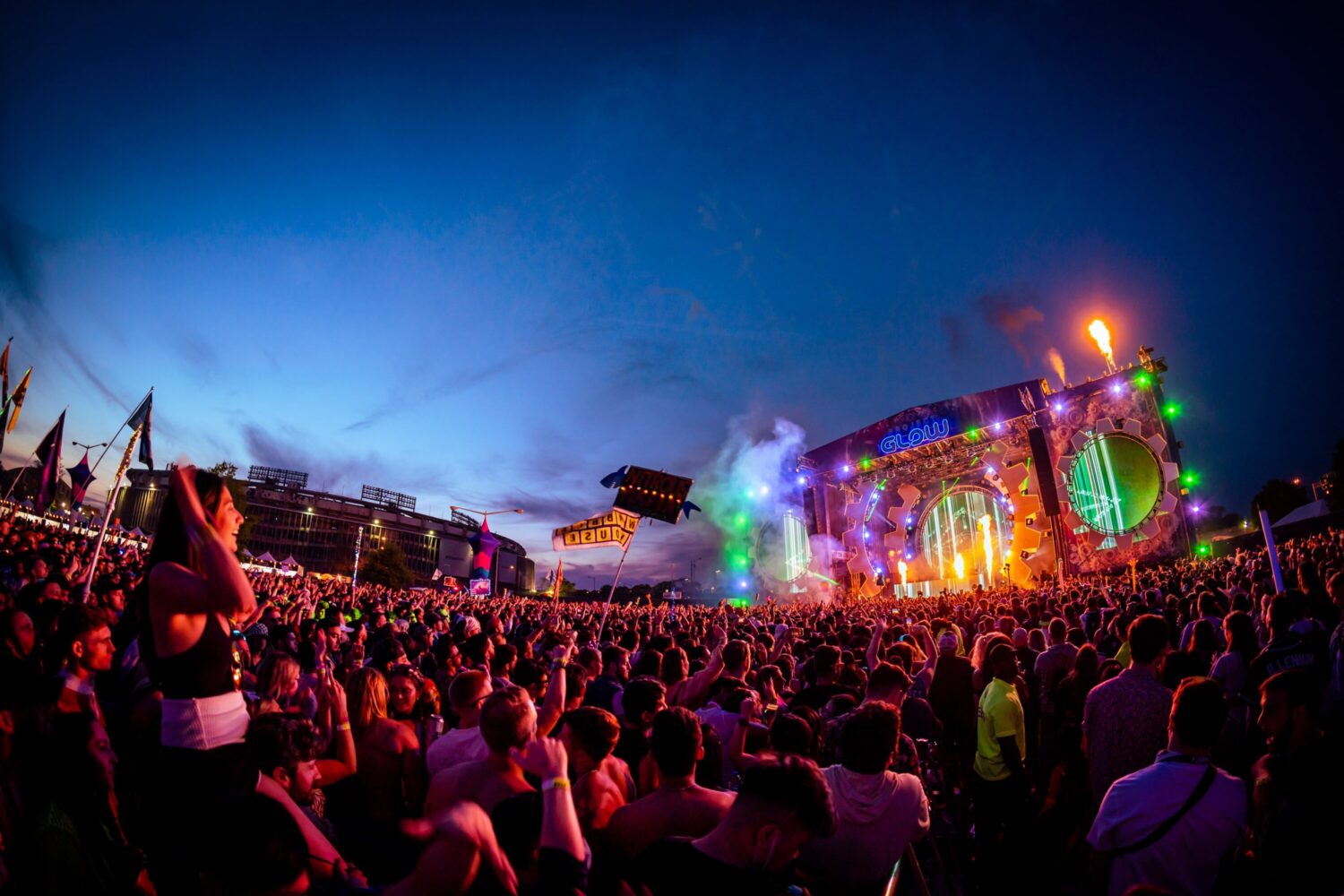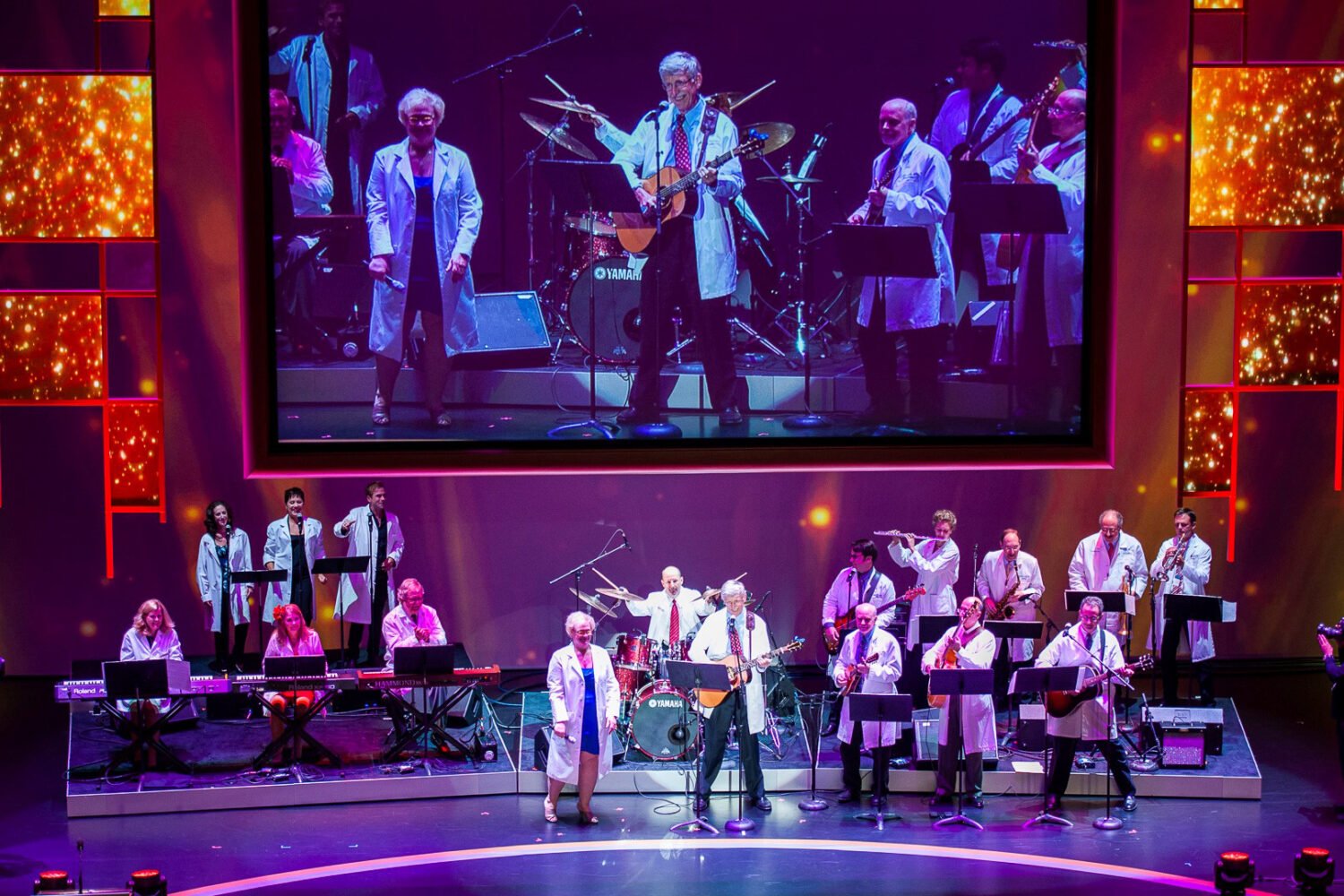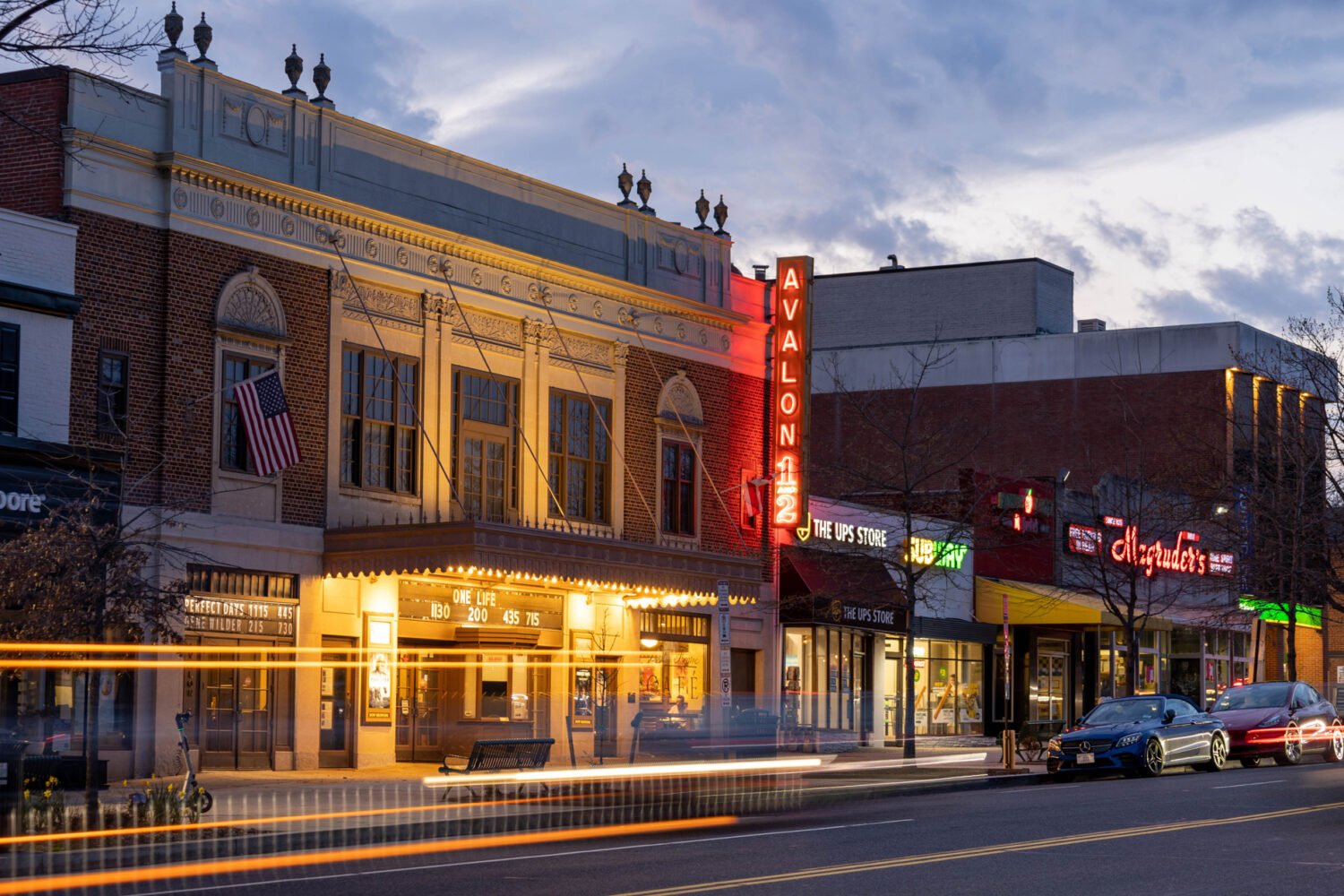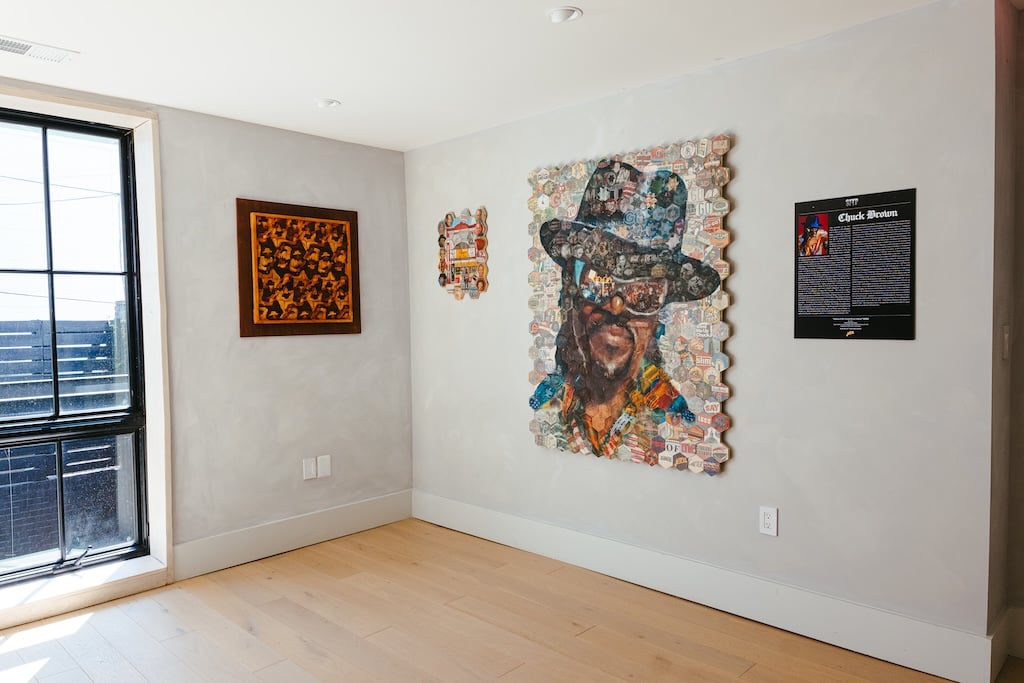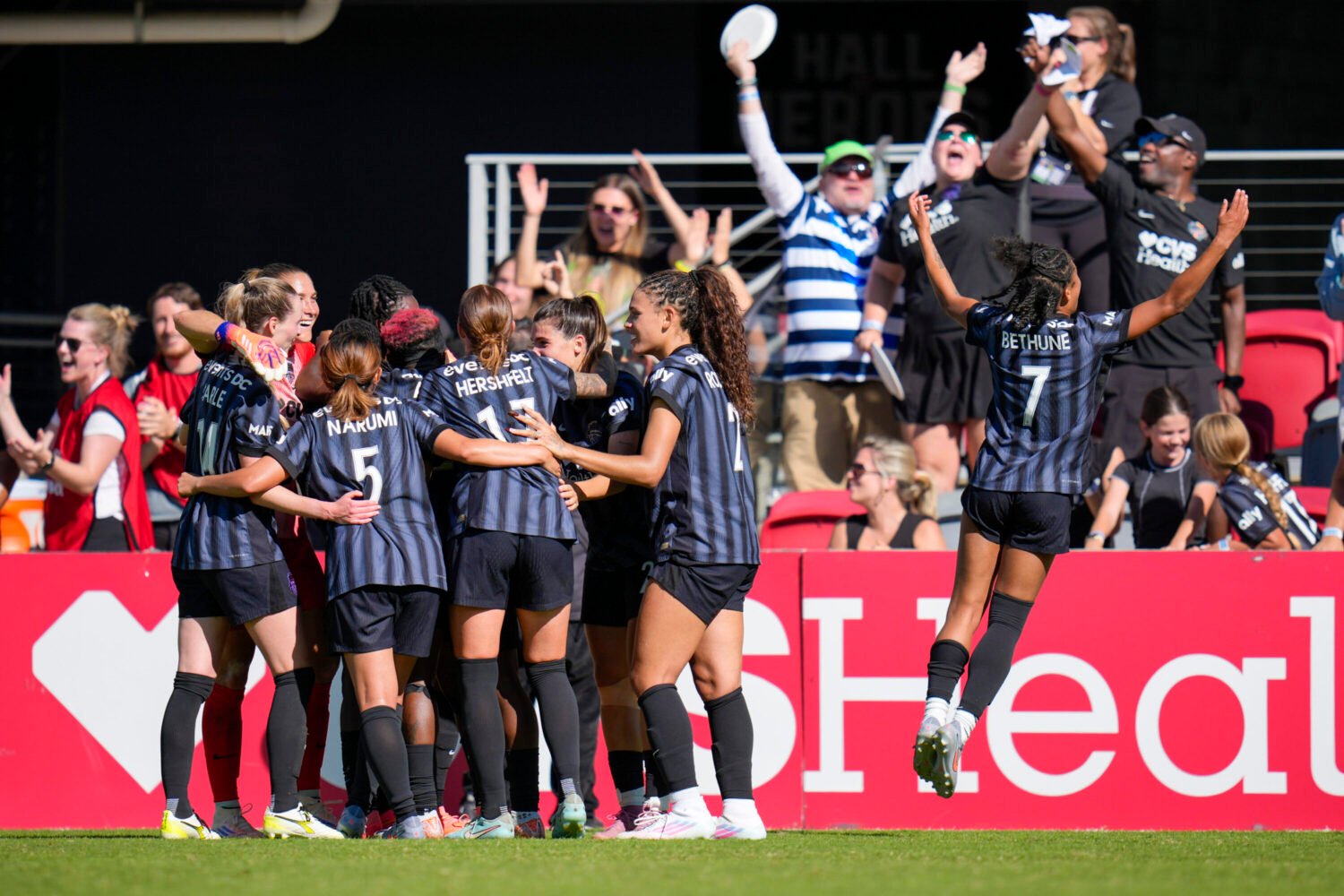Charles Brink, Krista Bennion Feeney,Loretta O’Sullivan, and Andrew Appel of the Four Nations Ensemble. Photograph by David Rodgers
Once in a while, music finds its way to a near-ideal performer. This is exactly what happened last night with the pieces performed by soprano Rosa Lamoreaux, in a free concert with the Four Nations Ensemble at the Freer Gallery of Art. The local soprano sounded at her best, with a silvery tone of faultless intonation and slender accuracy, beautifully suited to the museum’s small Eugene and Agnes E. Meyer Auditorium. The purity of the voice was featured most simply, and beautifully, in an unaccompanied performance of Dividido el Corazon, a solo chant-like song composed in the New Mexican missions in the 18th century that is an impassioned lament by the Virgin Mary over the death of her son.
The programming concept was to bring together music of European-trained composers in the 17th and 18th centuries, from four different parts of the world—Europe, Latin America, the American colonies, and China. Lamoreaux also gave a light-footed dancing quality to the South American villancico by Alonso Torices, Toca la flauta, a charming little piece accompanied somewhat rustically by cello, flute, and violin. Plus the director of the Freer’s concert series, Michael Wilpers, pressed into service to beat the tambourine (unfortunately not always in sync with the often complicated beat). The Arcadian cantata O Daliso, by Domenico Zipoli, an Italian composer transplanted late in life to Argentina as a Jesuit missionary, was enlivened especially by Lamoreaux’s impeccable theatrical sense. However, the first aria in the piece, Per pietade, seemed to be paced too quickly for the sighing motifs to sound much like sighs. Three songs of Philadelphia-based composer Benjamin Carr were likewise saved from insipid sentimentality by Lamoreaux’s wry but also sincere approach.
Purely instrumental selections were uneven. The best work came from Charles Brink on the transverse flute, an instrument of breathy delicacy featured beautifully in movements from a sonata by Teodorico Pedrini (a Vincentian missionary to the Chinese imperial court in Beijing for over thirty years). This was, incidentally, the clearest connection to Asian art, a curatorial focus that informs the programming of concerts at the Freer. The Sackler Gallery’s exhibit “Family Matters: Portraits from the Qing Court” includes portraits of officials served by Pedrini. Solo contributions from cellist Loretta O’Sullivan, a sonata by Philadelphia composer Raynor Taylor, and especially harpsichordist Andrew Appel, suite movements by Zipoli and Jean-Philippe Rameau, had considerably less felicitous results.
All four musicians sounded most in form in the selections from Jean-Marie Leclair’s Deuxième Recréation de Musique, which bookended the concert. Leclair’s skill at writing for instruments outshone all other composers on the program, and the group’s upcoming recording of music by Leclair meant that this music was likely the most rehearsed. The passacaglia, a set of variations over a repeated bass pattern, was a long and harmonically complex example of the genre, worthy of Jean-Baptiste Lully. The closing tambourin was a manic, percussive romp, showing off especially the dazzling virtuosity of Brink and of violinist Krista Bennion Fenney.
It is a shame that more listeners do not take advantage of this free concert series on the Mall. The next concert at the Freer Gallery of Art will feature the Lark Quartet with Japanese koto player Yumi Kurosawa on October 13 at 7:30 PM. Tickets may be obtained in advance from Ticketmaster, by paying the normal processing fees, or at the door, starting one hour before the concert. Some excerpts from concerts at the Freer, possibly including this one eventually, are available in the museum’s podcast series.

